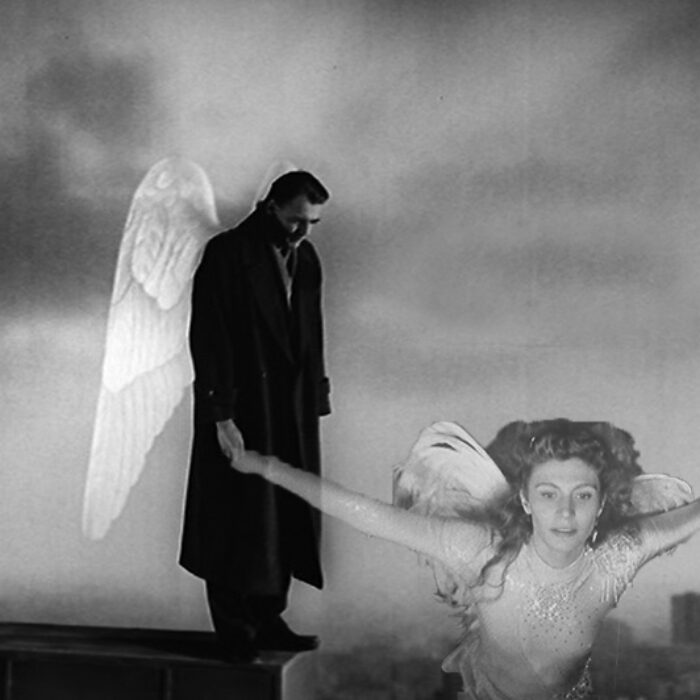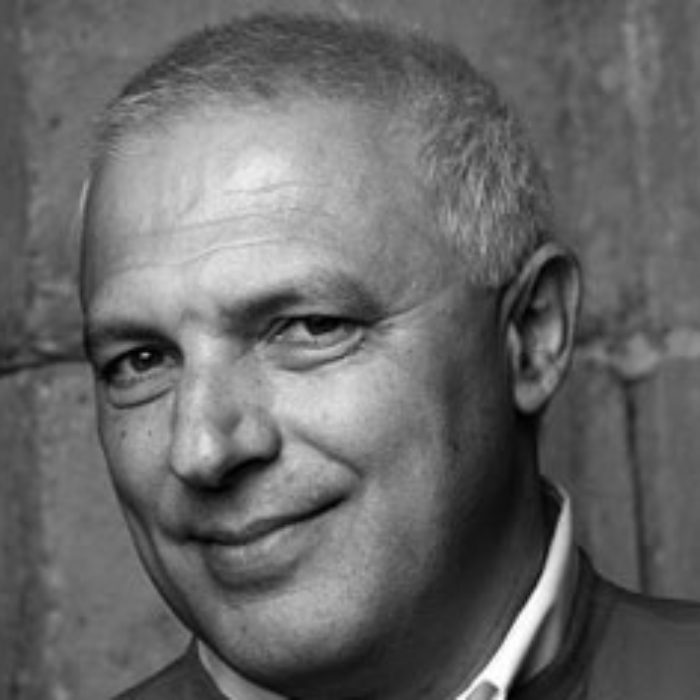MENU
posts with tag Pensamiento | back to all

La representación del límite en El cielo sobre Berlín de Wim Wenders

Diccionario analógico. Cine y arquitectura.

Magritte. Words, images, cinema and architecture

De consolatione Philosophiae

Absolutely on Music. Conversations.

Read it and pass it on (Josep Quetglas, 1995)

Writing (Marguerite Duras, 1993)

The Usefulness of the Useless. [2013]

Théorie Poétique et esthétique (1957)


